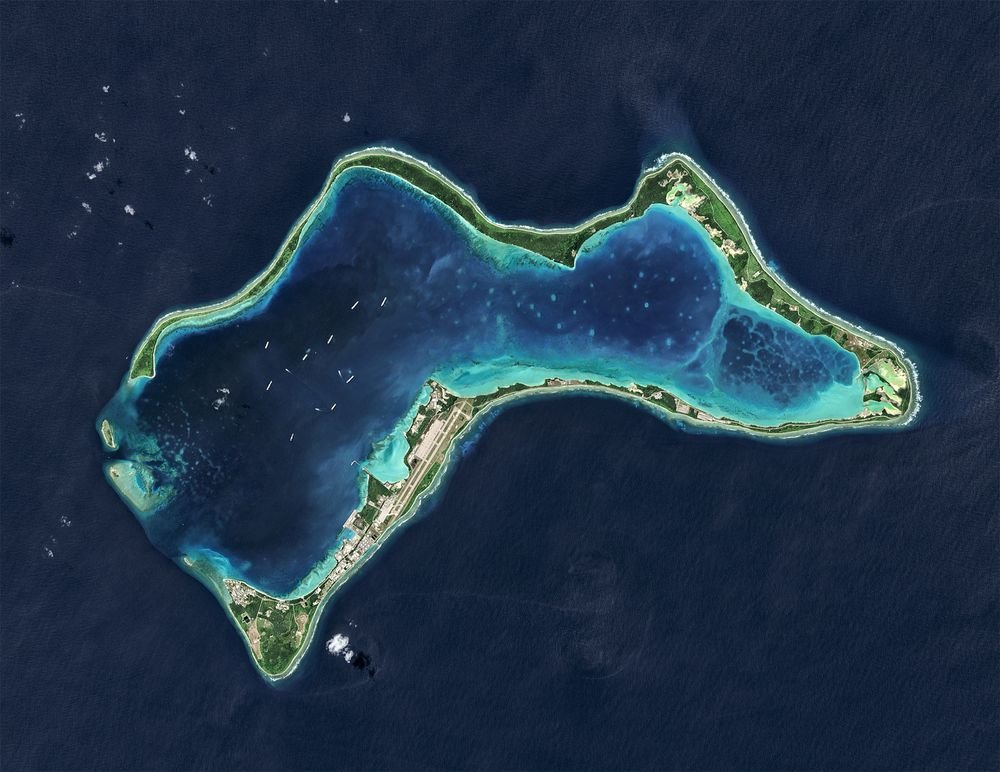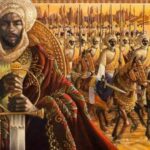This article is about global conflict and peace efforts concentrating on the world’s superpower, the United States of America (US) rise and rise to the top through cunning, deceit and pure military mussle.
The article is based on the tweet thread of Huntsman @man_integrated and I liked the way he puts across the fights for military supremacy in the Indian Ocean between China and US.
Start
The US military, for all of its might, still faces physical limits of distance and time. Control of key landmasses enables logistical operations at scale. The US has one of the most important. China wants it.
More than 1,700 km from the nearest mainland (India), Diego Garcia (DG) is the largest island in the Chagos Archipelago. Originally discovered by the French in 1790, the British took control in the 1800’s. For the North-Atlantic Treaty Organisation (NATO) countries, it is an indispensable piece of the global puzzle.
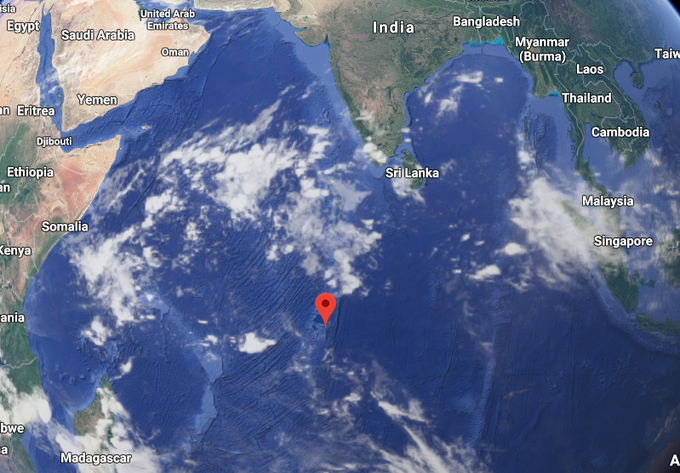
Nicknamed “Dodge” by American military personnel, DG has been the single point of failure for NATO operations anywhere in the Indo-Pacific theater stretching back to its buildout in 1980. Its location and infrastructure are what make it irreplaceable.
DG is a unique installation. Boasting runways long enough to land/launch even the massive B-52 Stratofortress bomber, robust naval resupply infrastructure, and one of three US Air Force GEODSS optical space surveillance systems, DG serves multiple roles.
But there’s more…
DG has two special geographic traits; First, it is at extremely low risk for typhoons. Second, despite being in the middle of an impossibly-vast body of saltwater, DG naturally produces large sums of its own freshwater. This is a tremendous logistical advantage.
The island’s geological quirks make it home to a number of hydrological lenses, or bodies of freshwater that float on top of saltwater. DG’s lenses are massive. This obviates the need for extensive water purification and storage facilities, or constant maritime resupply.
Water is a heavy commodity to ship.
A 20′ ocean container equipped with a plastic bladder (a “flexitank”) will only carry about 24,000 liters of water.
A 40′ container with 20 pallets of bottled water will yield about 17,280 liters of water.
One person uses about 100 litres/day.
Diego Garcia’s freshwater resources means more vessel space, more electricity, and more valuable real estate available for other uses than processing and storing potable water. For a remote military base in the middle of the ocean, this is a critical, highly-desirable advantage.
The location, infrastructure, and natural resources make DG a partially self-sustaining asset squarely in the middle of China’s territorial ambitions.
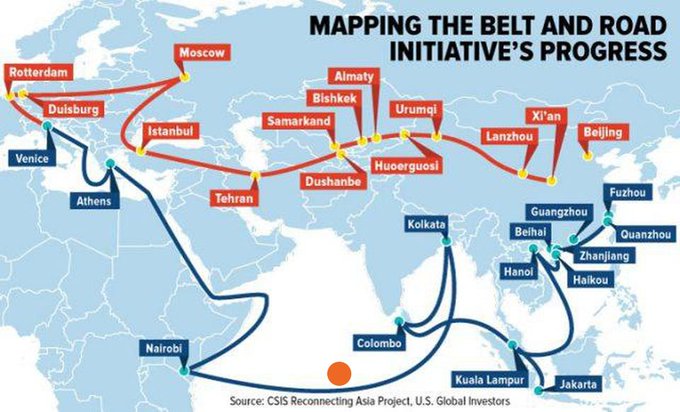
Recall, China is using #BeltandRoad to control logistics assets stretching from China to Europe.
Essential to this strategy is the “String of Pearls”: an unbroken chain of dual-use ports (commercial and military) running along the entire Indian Ocean rim, connecting the South China Sea region all the way to the Mediterranean Sea.
Diego Garcia is the orange dot; for China to achieve hegemony in the Indian Ocean region, and secure the String of Pearls, it must “box out” the US Navy’s superior force projection capabilities.
But, DG complicates things.
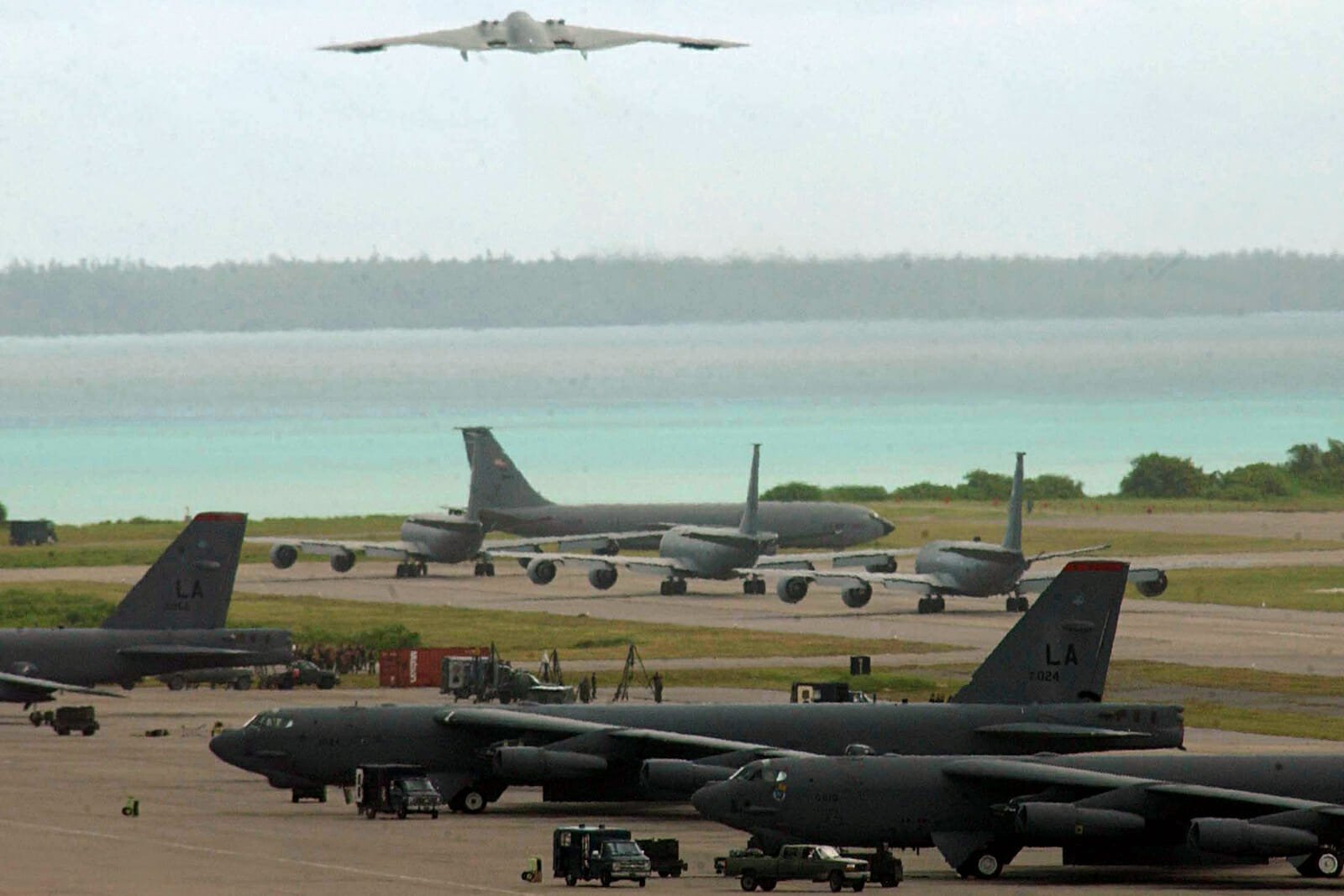
It’s an unsinkable aircraft carrier.
China cannot do with DG what it did in the South China Sea, where it can menace US assets (such as Guam) and push the naval forces beyond their practical operating range via the threat of ballistic missiles.
DG is simply too far from China.
Further, there is no entity that China can leverage to give it shared real estate with the US under cover of “commerce”.
This was China’s play to secure their first-ever foreign naval base in Djibouti, and plant themselves at a critical chokepoint.
The US holds the lease on the entire island of Diego Garcia. The British are the landlords. US Navy and Air Force operations can be staged and run with impunity throughout a region that China has decided to attempt to control completely.
And they can’t touch it.
But this is China we’re talking about! They banned a single trait in genetically-modified corn from the United States, and permanently realigned the global grain markets…all to buy a company more cheaply and shore up their food security gap. And we saw in the thread linked in tweet 12 above, China built entire islands in the middle of the sea to extend their defensive bubble from the mainland, menace their neighbours into compliance, and neutralize US power in the Far East.
They will find a way.
China does not play geopolitics in the normal fashion, or on the normal timelines. They are known for their love of assets. This also means they use human capital as well as anyone. Chinese leaders are pragmatic. But they will use others’ own emotions against them.
One of the weaknesses (in China’s eyes) of the Western nations is our guilt over historical colonialist abuses. It’s not that these deeds didn’t happen. It’s not that we shouldn’t find ways to do better.
The issue is that many modern Western leaders are RULED by guilt.
In 1965, the UK purchased the Chagos Archipelago, including its largest island Diego Garcia (DG), from the British colony of Mauritius.
It executed a lease with the USA in Dec of 1966 for the exclusive use of DG.
Then during 1968-1973, more than 1000 natives were forcibly expelled.
In April 1973, a group of the displaced islanders commenced a series of legal actions against the British and Mauritian governments.
However, the ensuing competing territorial claims and murky legal framework for a one-off have further complicated matters in international courts.

In 2000, the British High Court ruled the Chagossians and their families could return to the Islands. But, they were delayed from doing so, and in 2004, the court order was overruled – the Chagossians would not return.
Legal back and forth continued through the 2000’s.
In June 2017, the UN General Assembly formally adopted Res. 71/292 supporting Mauritius’ push to “decolonize” the Chagos Islands from Britain.
On 1 March 2018, China issued a formal advisory statement to the UN and ICJ supporting Mauritius’ claim.
The case was finally heard by the Int’l Court of Justice at The Hague in Sep 2018, with a ruling issued in Feb 2019 that Britain had indeed illegally seized the territory and expelled the Chagossians.
In May, the UN General Assembly affirmed the Hague ruling, 116-6.
The six dissenters were: USA, UK, Australia, Hungary, Israel and Maldives.
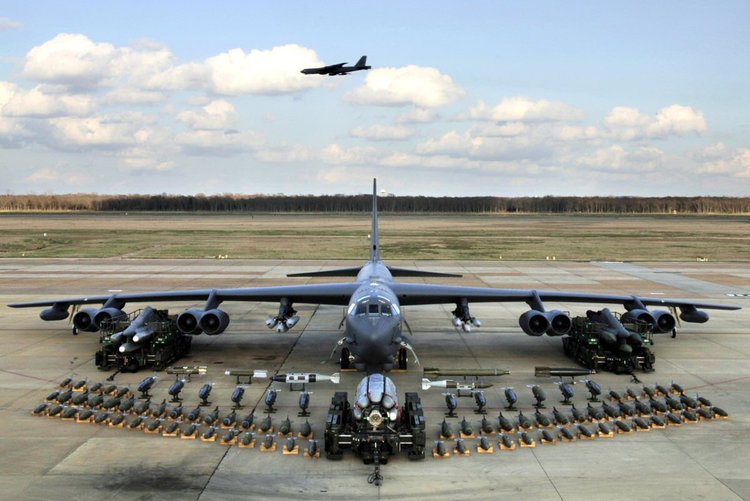
Fifty-six (56) nations abstained from the vote.
The UK has said it will disregard the ICJ and continue to allow for the joint military operations on the island.
Return your attention to tweet 22, and China’s open advocacy for resolution of the matter by the ICJ and UN, while reiterating their support for Mauritius against the UK (and by proxy, the USA).
China’s position was clear.
Indicators indicate, as we know from the threads previously linked in this one, China is a master of exploiting gaps in international frameworks of law.
What they cannot take by force, or leverage by trade/investment (as with #beltandroad), they can manipulate to their ends via proxies.
Bearing that in mind, recall that on 1 March 2018, China affirmed its support of Mauritius in its claim to repatriate the Chagos Islands from the UK.
Why?
Well, China loves islands. War is about terrain and resources. It’s about putting assets where they can influence.
On 27 July 2018, the China state-controlled media arm Xinhua News Agency proudly reported on the completion of the Bagatelle Dam in Mauritius.
BRI had colleffffcted a critical scalp; abandoning their previous sponsor (the UK), Mauritius aligned with China.
Even more interesting is the announcement on 18 Oct 2019 of China’s first-ever Free Trade Agreement with an African nation.
The beneficiary of this unprecedented treatment?
Mauritius, a tiny island with a GDP of $14.3 billion (in comparison, Rhode Island’s GDP is $57 billion).
Part of the FTA is creation of a Free Trade Zone where Chinese companies (and workers) will establish factories and build out new logistics infrastructure.
With such a tiny economy, it seems that Mauritius’ greatest appeal is its desire to reclaim Diego Garcia.
China has been positioning itself quietly for years to benefit from the Chagos decolonization push in The Hague and the United Nations.
With the UK and US on the outs with Mauritius, China is the obvious stakeholder to next-occupy the irreplaceable Diego Garcia. Without Diego Garcia, the US Navy is naked in the Indian Ocean, and stripped of strategic bomber support in the theater of operations.
It is not hard to imagine China cannily seizing the moment to secure Mauritius’ trust and work behind the curtain to expel the US from Diego Garcia.
In the scheme to acquire Syngenta, China showed its mastery of economic warfare. With the belt and road, they show complex nth-order planning and influence operations.
In the South China Sea, they wield a real threat of force; and with DG, they have weaponized diplomacy. This is a fluid, real-time situation. I cannot readily guarantee an outcome.
However, cover for hostile action and prepositioning of military assets is now logistically feasible for China in the region.
America’s “unsinkable aircraft carrier” is in China’s sights.
There are more puzzle pieces lying around.
Perhaps the article below is showing us yet another piece that the media refuses to connect to the Big Picture
READ: We’ve Got the Details on China’s Submarine Drones
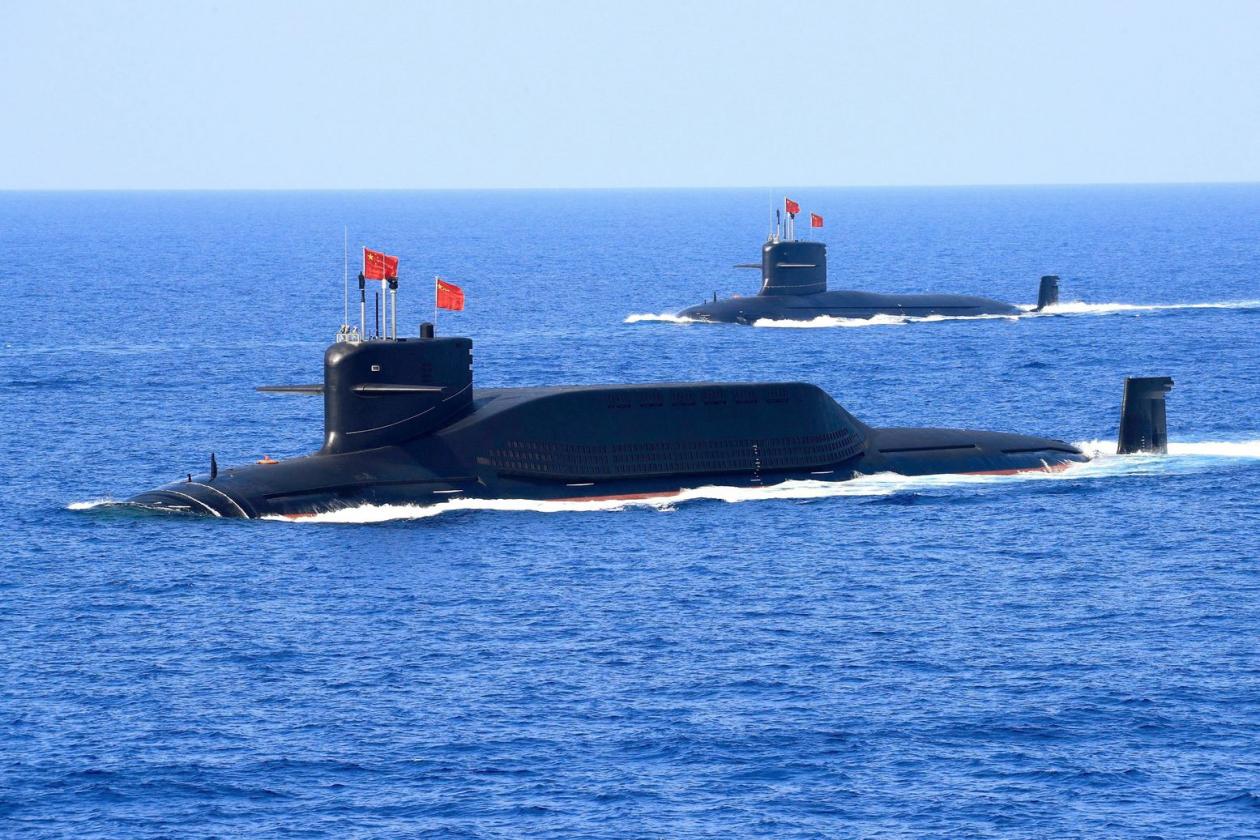
MORE RESOURCE
- Diego Garcia: The “Unsinkable Carrier” Springs A Leak
- United States Presence in Indian Ocean: Counter Strategy For China
- Is the United States about to lose control of its secretive Diego Garcia military base?
- See inside Diego Garcia, a secretive US Navy base on British land at the center of a bitter tug-of-war in the Indian Ocean
- UN Fires a Shot at America’s ‘Unsinkable Aircraft Carrier’

